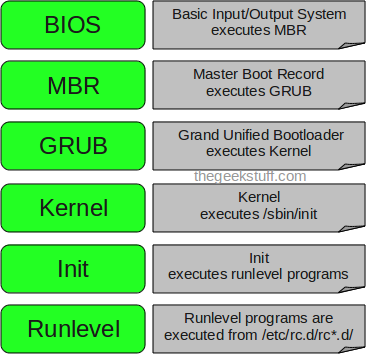LAMP is short for Linux, Apache, MySQL, PHP. This tutorial shows how you can install an Apache2 webserver
on an Ubuntu 9.04 server with PHP5 support (mod_php) and MySQL support..
*Installing MySQL 5.0:-
#aptitude install mysql-server mysql-client
You will be asked to provide a password for the MySQL root user – this password is valid for the user root@localhost as well as
root@server1.example.com, so we don’t have to specify a MySQL root password manually later on:
New password for the MySQL “root” user: <– yourrootsqlpassword
Repeat password for the MySQL “root” user: <– yourrootsqlpassword



 It’s been said a million times over — Linux is awesome on servers! With over 60 per cent of the Web’s servers gunning away on the mighty penguin, the robust, resilient, scalable and stable Linux plays a major role in keeping the Internet running like a well-oiled machine. In this article, I will describe how to set up a LAMP (Linux, Apache, MySQL and PHP) server from scratch, remotely. The only step requiring physical access is installing Ubuntu Server. The rest can be done the geeky way, via SSH! Read on if getting your hands dirty gives you a kick!
It’s been said a million times over — Linux is awesome on servers! With over 60 per cent of the Web’s servers gunning away on the mighty penguin, the robust, resilient, scalable and stable Linux plays a major role in keeping the Internet running like a well-oiled machine. In this article, I will describe how to set up a LAMP (Linux, Apache, MySQL and PHP) server from scratch, remotely. The only step requiring physical access is installing Ubuntu Server. The rest can be done the geeky way, via SSH! Read on if getting your hands dirty gives you a kick!